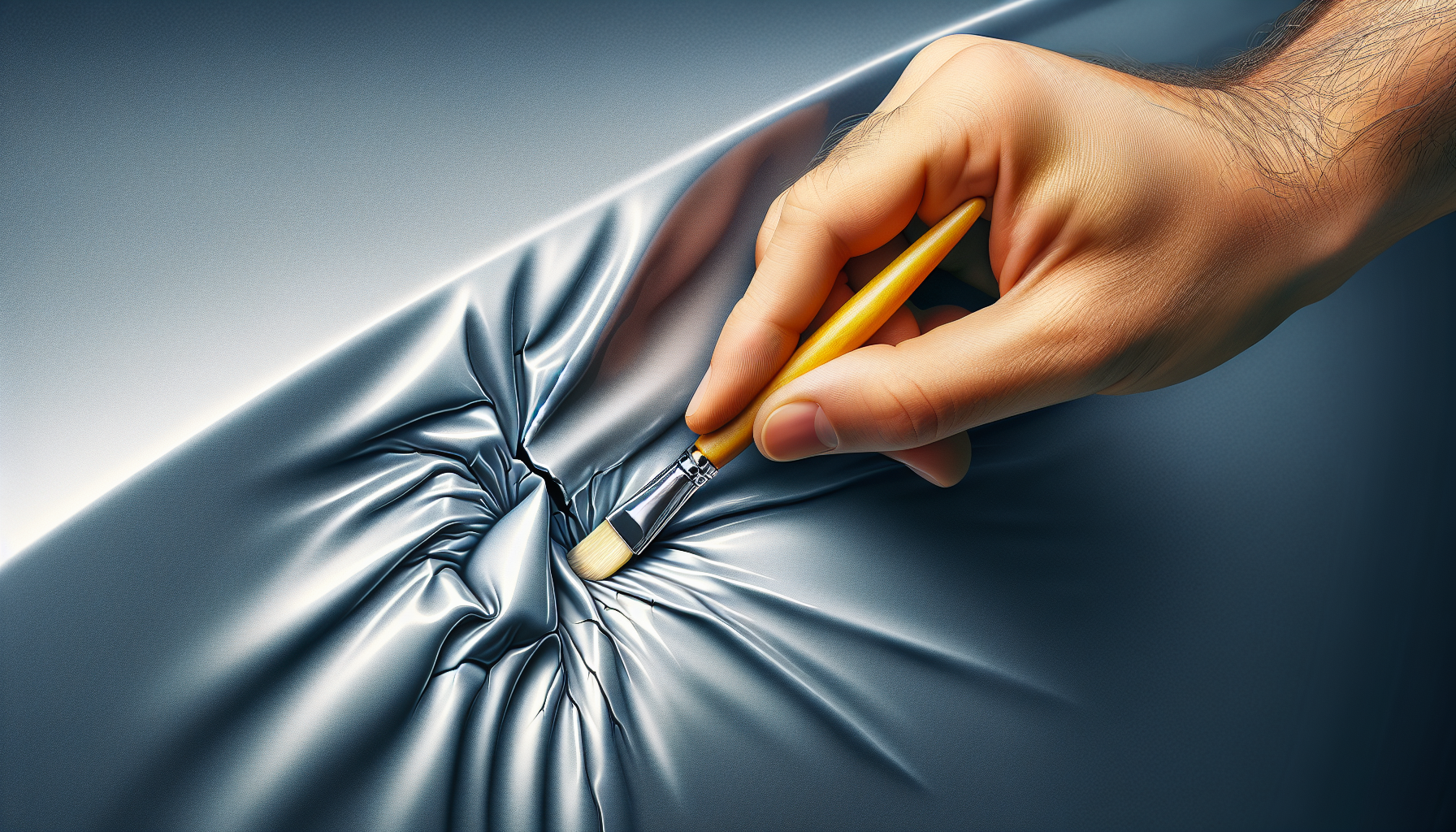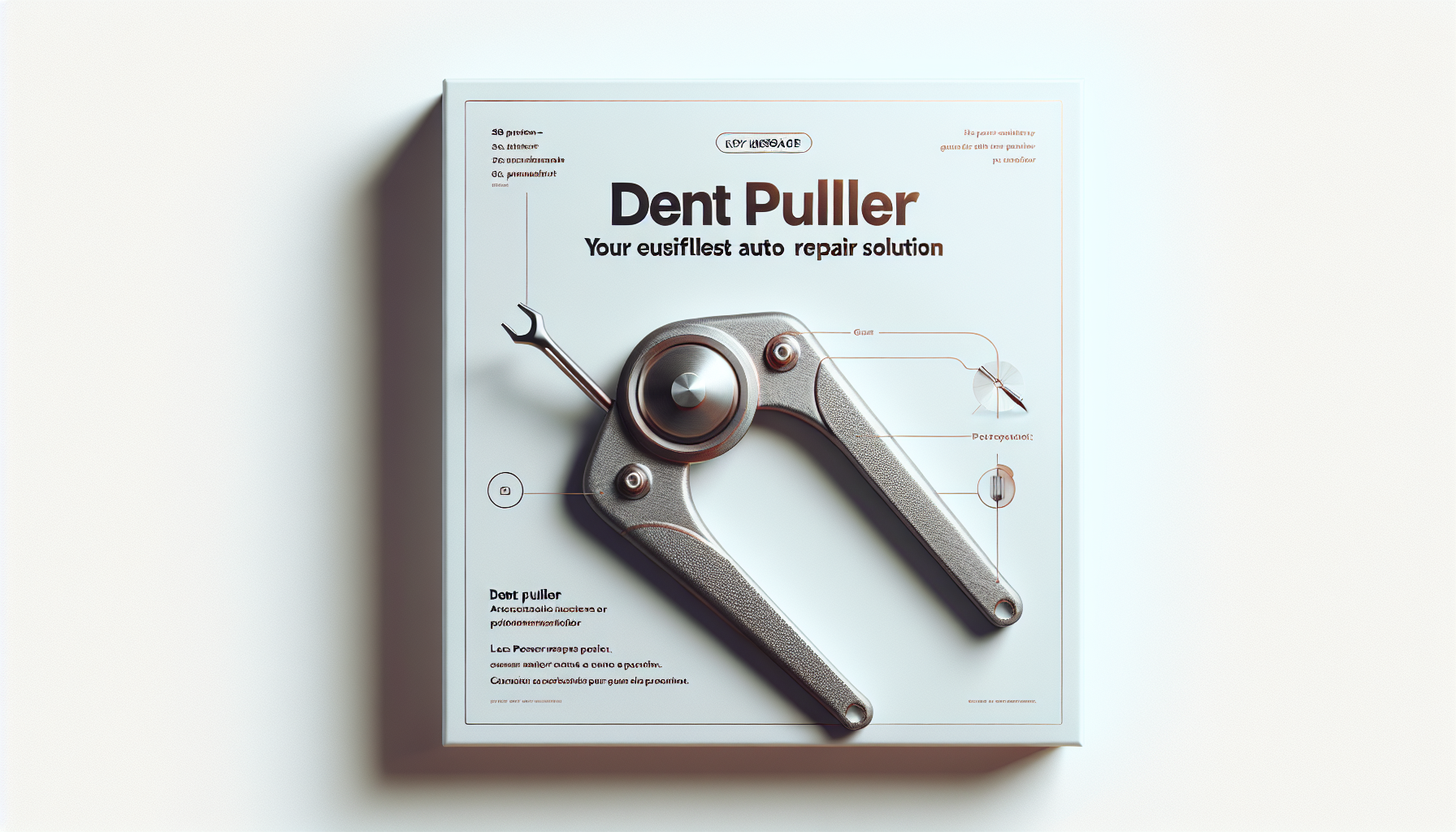Paintless Dent Repair: The Art of Restoring Your Car’s Shine

In the ever-evolving world of automotive DIY, one technique stands out as a true game-changer: paintless dent repair (PDR). This innovative approach to dent removal allows car owners to restore their vehicle’s pristine appearance without the need for costly paint jobs or invasive body work. If you’re tired of unsightly dings and dents marring the beauty of your ride, this step-by-step guide will empower you to tackle the problem head-on and achieve professional-grade results.
Understanding Paintless Dent Repair
Paintless dent repair is a highly specialized technique that utilizes a set of specialized tools to gently massage the metal back into its original shape. Unlike traditional dent removal methods, PDR does not require any painting or filler materials, making it a more cost-effective and environmentally friendly solution.
The key to successful paintless dent repair lies in the ability to access the backside of the dent and gradually push or “tap” the metal back into place. This process is both an art and a science, requiring a steady hand, a keen eye, and a deep understanding of the metal’s properties and behavior.
Assessing the Damage
The first step in any DIY paintless dent repair is to carefully assess the extent of the damage. Look for dents that are relatively shallow and have no paint cracking or chipping. These types of dents are the most suitable for the PDR process, as the metal has not been severely compromised.
It’s important to note that the difficulty level of the repair can vary depending on the size, depth, and location of the dent. Larger dents or those in more challenging areas, such as the door edges or around the headlights, may require a more experienced hand. As a general rule, smaller dents on flat surfaces are the easiest to tackle.
Gathering the Right Tools
To successfully complete a paintless dent repair, you’ll need a specialized set of tools. This includes a dent repair kit, which typically includes a variety of rods, tips, and hammers designed to apply the precise amount of pressure and leverage required to coax the metal back into shape.
In addition to the dent repair kit, you’ll also need the following items:
– A bright work light or inspection lamp to help you visualize the dent and monitor your progress
– A glue puller or suction cup to help lift the dent and access the backside
– A clean, well-lit work area, such as a garage or well-ventilated space
It’s important to invest in high-quality tools, as they will not only provide better results but also ensure your safety throughout the repair process.
Step-by-Step Paintless Dent Repair
With the right tools and a little bit of practice, you can easily tackle a paintless dent repair on your own. Follow these step-by-step instructions to get started:
1. Clean the area: Begin by thoroughly cleaning the affected area, removing any dirt, debris, or contaminants that could interfere with the repair process.
2. Assess the dent: Carefully inspect the dent, noting its size, depth, and location. This will help you determine the best approach and the appropriate tools to use.
3. Access the backside: If possible, access the backside of the dent by removing any necessary panels or trim. This will give you direct access to the metal, allowing you to apply the necessary pressure and leverage.
4. Use the glue puller or suction cup: Attach the glue puller or suction cup to the center of the dent, then gently pull the dent outward to begin the restoration process.
5. Locate the high spot: With the dent partially lifted, use your inspection light to locate the high spot, which is the area that needs the most attention.
6. Apply pressure with the PDR tools: Selecting the appropriate tool from your dent repair kit, gently apply pressure to the high spot, working outward in a circular motion. Use a gentle touch and avoid excessive force, which could further damage the metal.
7. Monitor your progress: Regularly check your work, using the inspection light to ensure the dent is gradually being pushed back into its original shape.
8. Repeat as needed: Depending on the size and depth of the dent, you may need to repeat the pressure application and monitoring process several times to achieve the desired result.
9. Finalize the repair: Once the dent has been fully restored, use a fine-grit sandpaper or polishing compound to smooth out any remaining imperfections and restore the original shine.
Remember, the key to successful paintless dent repair is a light touch and patience. With practice, you’ll be able to achieve professional-grade results right in your own garage.
For a visual demonstration of the paintless dent repair process, check out this [no-follow] video tutorial: [link to video].




